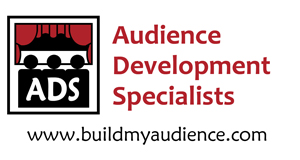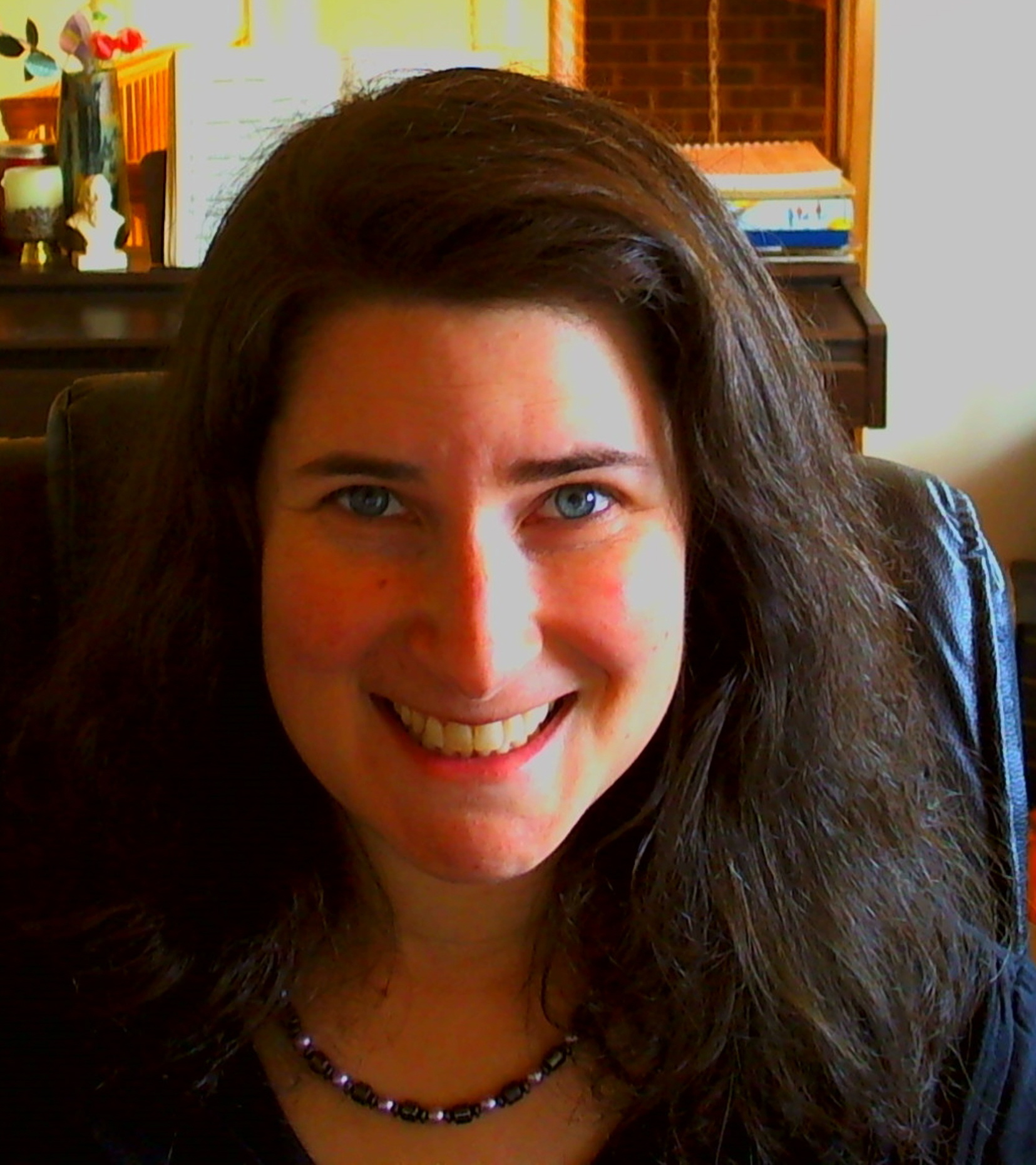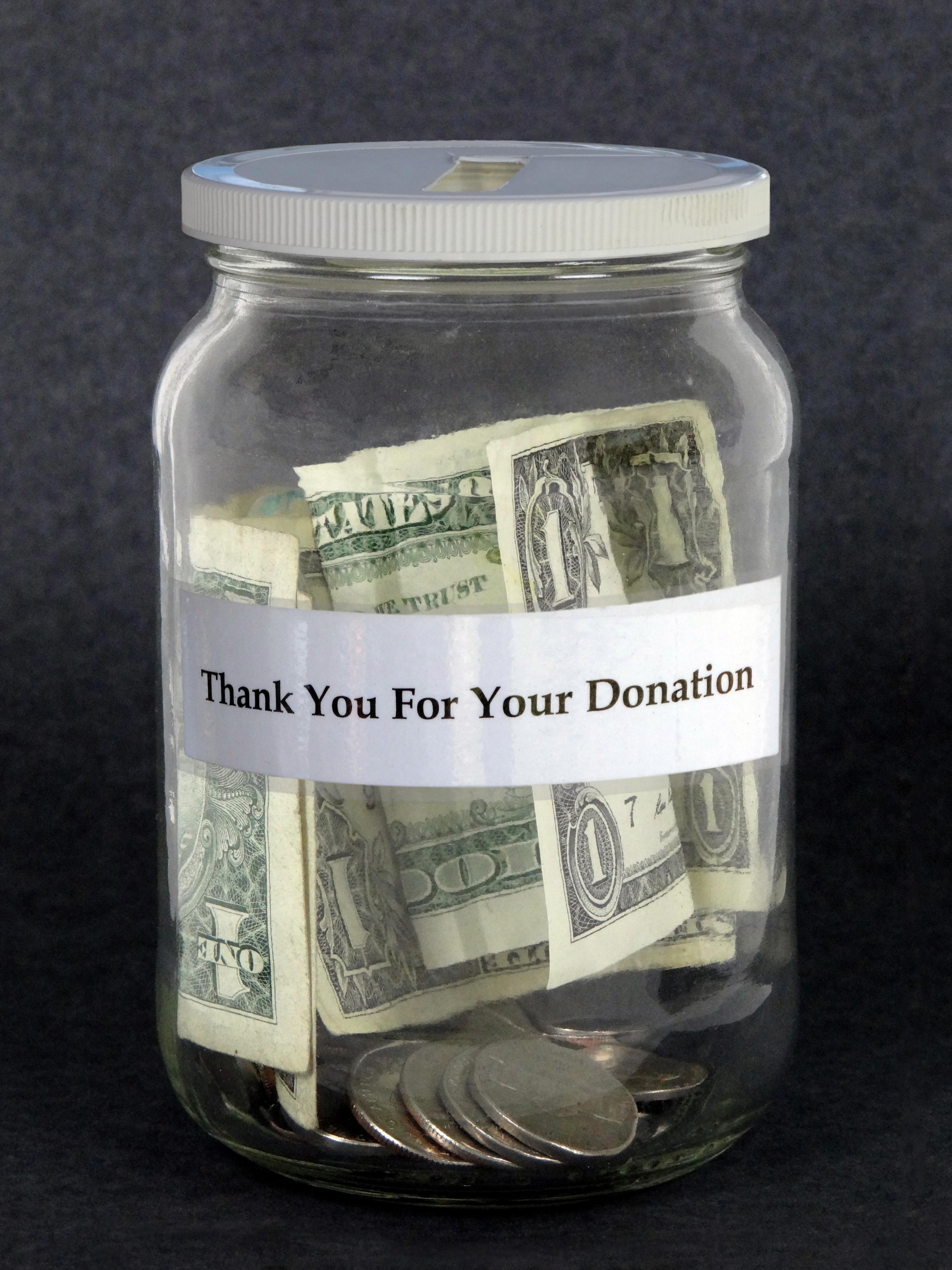There has been a good discussion happening since Rocco Landesman, chairman of the NEA, had the audacity ( ;O) ) to point out that arts organizations should downsize or collaborate more due to high supply and low demand:
#SupplyDemand
There of some us in the arts world that will agree and some of us who are rallying behind the reasoning that the arts are about more than simply economics.
Dear Rocco (2amt – Trisha Mead)
I agree that the arts have a kaleidoscope of benefits for humanity, and due to these benefits, it may not be wise to force the arts into an economic reasoning box. I also agree that if the arts do not find a way to solidify these benefits in the minds of the general public, arguments for cuts, downsizing, etc. will continue to happen.
The arts, despite the human benefits, are still a product. It is manufactured by creative minds and produced for purchase (if it is for sale). If art is being created for arts sake, that is something entirely different, but if you are creating to sell, then art is a product.
People want to buy products that add value to their lives. The arts certainly will add value to people’s lives, but we as artists and arts organizations are not doing a good enough job to allow people to perceive the value. We have a big pool of artists and arts organizations that are not doing well. Thus, we are being subjected to supply solutions.
I feel strongly that instead of simply trying to put a bandage on the wound or dealing with the supply end of the equation, we need to talk about what caused the wound in the first place. Otherwise, we will continue to bleed due to arts cuts caused by low demand dis-ease. If we had done our part in solidifying in the public’s mind that the arts are valuable, we wouldn’t be in this position since demand for the arts wouldn’t be an issue.
Let us finally see the problem for what it really is. The demand for the arts is not there to sustain every artist and arts organization. Does this mean the supply needs to be dealt with? Maybe. However due to the needs of humans to create art, we may not really have a choice. The arts are not like toilet paper. If a brand of toilet paper doesn’t sell on the market, the brand of toilet paper likely gets flushed out of the market. Yet, when an artist or arts organization isn’t doing so well, they are likely to continue creating for many years despite money woes because of the need to create. We do need to take this into account. Again, maybe working on the supply part of the equation isn’t what works for the arts.
Instead, we can work on boosting the demand, which I see as a more positive option and the option that would fix this tottering teeter once and for all.
So why is demand low? Putting it simply, there are people out there that have no clue that artists and arts organizations exist in their community. I could become rich from the number of times I have heard, “I didn’t know we had an orchestra in town.” Or, “We have a theater company?” I calmly reply, “We actually have 13.”
We also have the issue that the arts expect people to come to them and fit to their presentation style. Maybe we need to change the product placement to bring the art to people again and change the product presentations to suit what people want today. The art itself will still be the art, yet people will be able to enjoy it since it will be more accessible to them.
No wonder we are facing these arguments time and time again. We as an arts team need to step up to the plate and finally create the buzz around the arts that is vastly needed and create products that speak to the people of today. This is what will increase the demand for the arts.
Here is my list of what truly needs to happen now:
- We need to stop feeling entitled as an arts community and rather sell the value of the arts so there is no question that it deserves funding.
- We need to show the world high quality arts. High quality creates buzz and buzz creates an audience.
- We need to create our art and present it in ways that are accessible to the people of today.
- We need to finally give the people an identity with the arts. This means that each artists and organization needs to find their own identities, their own brands so they can find the right audiences. The same old same old is not cutting it (more on this next blog post).
- We need to show why the arts are a good investment and then start asking for the investments. Yes, this is work, but well worth it. Yes, it is scary to ask sometimes, but if you don’t ask, you won’t get funded.
- We need to highlight our arts products in ways that will reach people. If you are a music organization, pass around an mp3. If you are part of the performing arts, by golly, become part of the YouTube revolution. If you are an artist, find ways that your art will visually be passed around. I see so many arts sites that do not highlight their art in ways that people can share and pass around.
- We need to start inviting people personally. Word of Mouth is becoming the number one reason people attend. The likelihood for people attending increases when they are personally invited.
- We need to start following up with people personally. Patrons are falling through the cracks due to poor follow up.
- We need to start engaging in two way conversations with our patrons.
- We need to create ways that the patrons can connect with other patrons. The arts are meant to be social.
- We need to address the personal needs of why people attend. The arts are also personal.
- We need to address the reasons why people do not attend and actually implement solutions.
- We need to allow our patrons to communicate their feedback and implement solutions for the complaints received.
- We need to build a community that surrounds our art, a community that will support us in ways we need support.
- We need to do all of the above in order to increase buzz and demand for the arts!
It is going to take time and effort to initiate and implement programs that will increase demand for the arts in general, but you as an individual artist and arts organization have the power to start working on solutions now. I have seen time and time again, that if you do build a team and work on these points, and you put the time and effort in, the demand goes up. You will have built a better quality audience, a community that is an exact fit with you and will support you.
When you solve the problem from this perspective, increasing demand for the arts, each artist and arts organizations will be able to increase their own supply and demand. This solution can work for the arts rather than against it.
Cheers to happy and loyal audiences,
Shoshana
Shoshana Fanizza
Audience Development Specialists
https://www.buildmyaudience.com
“Never treat your audience as customers, always as partners.”
~James Stewart
Workshops are available!
Does your arts organization or artists group need some new energy? Our workshops can generate enthusiasm for audience development.
Contact us for more information!
Hourly Phone Sessions – Do you have a question about audience development or need feedback or advice on a project or challenge? ADS can help!




